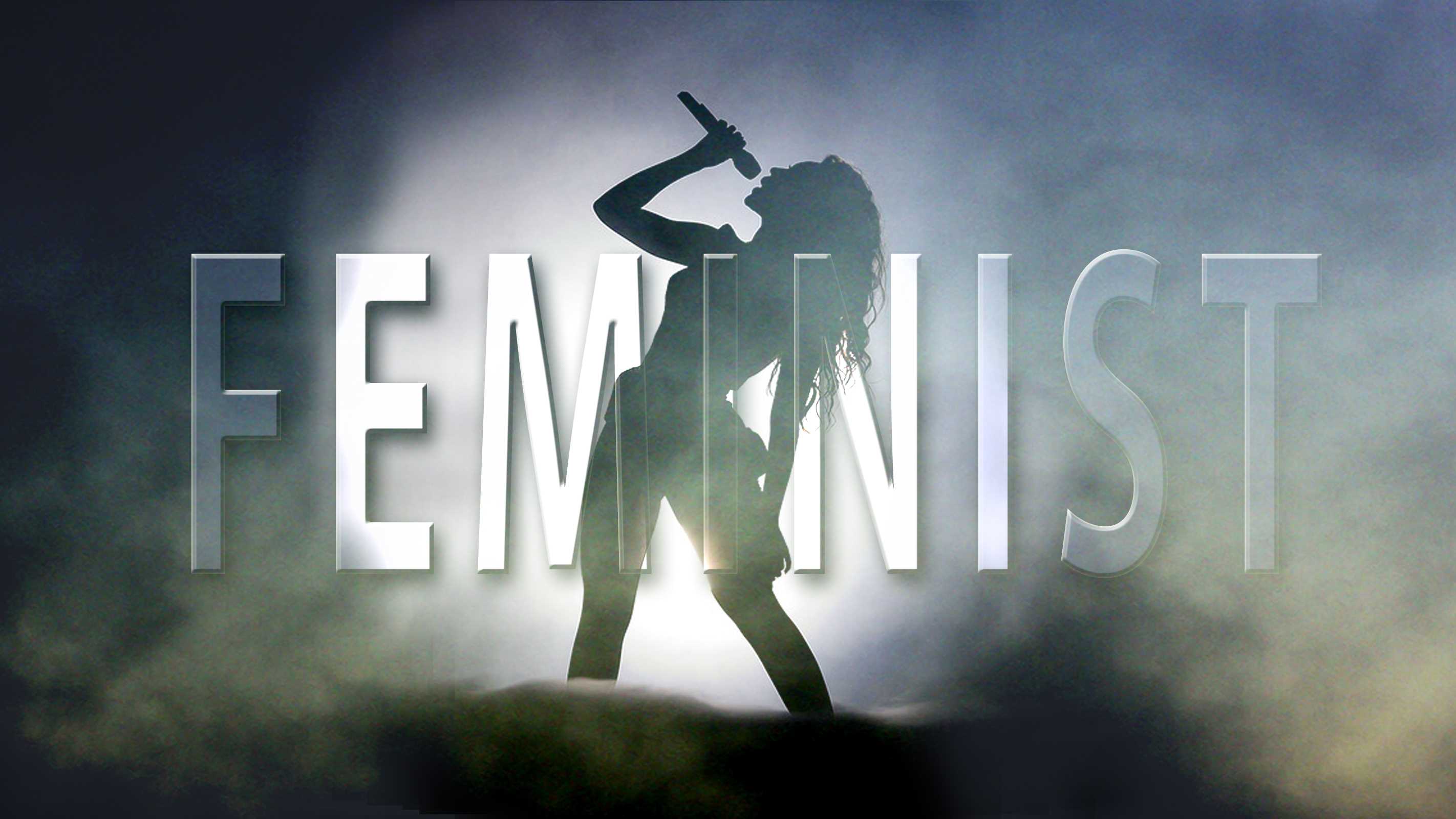Scanning through the New York Times most recent roundup of exciting upcoming performances in classical music, I’ll admit that at first I was checking to see whether the festival I’m helping to produce at Center for Contemporary Opera was mentioned. It wasn’t, and I understand why — there are a LOT of exciting classical music projects happening, and it must be very tricky to narrow down a list like that to just twenty or so per month. But because our festival is focusing on women — we are presenting works created by, led by, and about women — the next thing I did was checked to see how many of the projects listed could be described as being created by or led by women from the 20 listings for October (the month our performances take place). Of the 20 listings, I found one piece composed by a woman and one piece with a woman conductor. None of the staged pieces (as far as I could tell) had a female director. Not super great ratios happening there. And to be clear — this is not the fault of the New York Times for not reporting — on the contrary; there have been a couple of stories just in the past few weeks in the NYT about women conductors and women’s leadership roles at the Met. The problem is not with the reporting, it’s with what’s being reported upon: there is still a large dearth of women in leadership roles in classical music.
After tallying up the (sad) number of women leaders / creators represented in that month’s listings I typed #WhereAreAllTheWomen into Twitter just to see what would come up. The tweets were unsurprising, referring to the lack of female representation in things like the tech industry, sports and politics. But I can’t help but wonder, in 2016 #WhereAreAllTheWomen in leadership roles in classical music? Women have tended to be well represented in the creative fields — but why aren’t there more female leaders in our industry? In my seventeen year career as an opera singer I have worked with exactly two female conductors (The esteemed and wonderful Jane Glover, one of only a handful of female conductors to have worked at the Met, and the dynamo Nicole Paiment who is the artistic director of the company she founded in San Francisco, Opera Parallele and the Resident Guest Conductor at The Dallas Opera). The number of female directors I’ve worked with is considerably higher than the number of conductors, but the number of women who were General Directors or CEOs of opera companies I’ve worked at? One. I’ve only worked at one company where a woman was the head of the company. (It was Deborah Sandler, who used to be the GD of Kentucky Opera and is now the GD of Lyric Opera of Kansas City.)
We know it’s a problem for our industry and for many industries, but what can we do about it? At Center for Contemporary Opera, we decided to make a conscious decision to go even further than we had before. When I first started at CCO, I noticed that my boss, James Schaeffer, the GD / AD, had already been featuring a lot of women in leadership positions; he had developed the work of several female composers, he had selected a woman as CCO’s chief conductor (the terrific Sara Jobin, who made history as the first woman to conduct at San Francisco Opera), and had featured a great number of female directors. We had already selected a couple of the operas we wanted to present, including one which had a female composer / librettist team and we then chose all female directors and two out of four female conductors. And it wasn’t like we had to go out searching for these talented women - almost all of them had already worked with CCO before and were having successful careers. The four operas we are producing in October all have either a female librettist or composer or source material from a female author. We are featuring a lot of women and all it took was deciding to do it.
We’re not the only ones addressing the lack of women in arts leadership positions. The Lucerne Festival in Switzerland chose the theme of “Prima Donna” and featured women conductors this summer. Opera America has created a Women’s Opera Network, which discusses the issues of women in leadership positions within the administrative realm and beyond, and OA also offers grants for female composers. The Metropolitan opera will finally feature the work of a female composer this year (only the second in the Met’s history) with Kaijo Saariaho’sL’Amour de Loin, also led by a female conductor. The Dallas Opera’s wildly successful Women’s Conducting Institute is entering into its second season. There are some outstanding women leading organizations like Francesca Zambello who is the Artistic Director of Washington National Opera and the General and Artistic Director of the Glimmerglass Festival, Paola Prestini, the brilliant composer and Creative / Executive Director at National Sawdust, Beth Morrison, the creator of her own modern opera empire at Beth Morrison Projects, and Marin Aslop, the music director of The Baltimore Symphony to name a few.
But just like the number of women leaders in the New York Times listing, the few organizations addressing this disparity aren’t enough. We have to do better, and because we’re in a creative field, we have the ability to think creatively about how to break these glass ceilings permanently and with gusto.
By Jennifer Rivera


